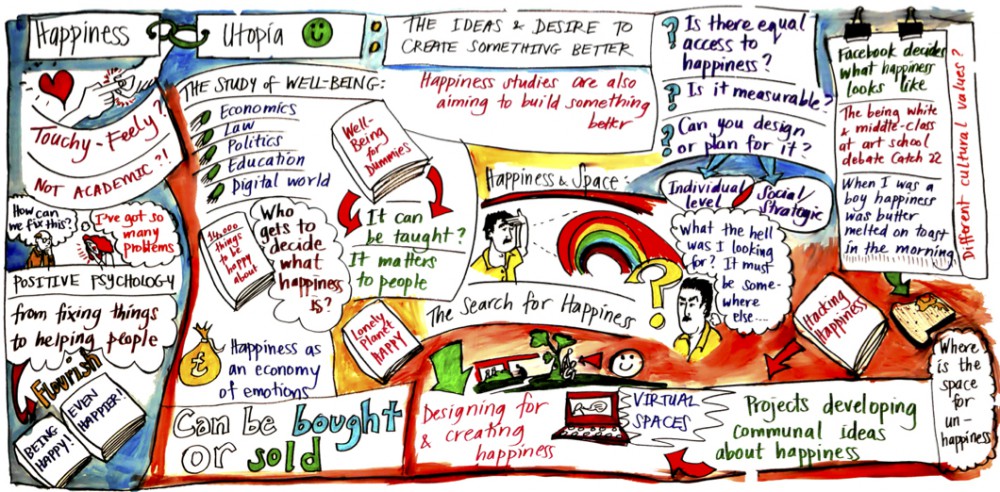1. Describe how the client empowerment model for change effectively impacts a client’s well-being status? Include what the professional would do to implement the model in the counseling session.
The goal of this model is to empower the client ensuring them that a change can be made. Having someone believe in them can result in them believing in them selves. Human service professionals jobs are to support the client as well as improving their lives.
2. Describe how a community-based agency’s mission and goals promotes well-being and happiness for their clients.
Community based agencies or organization professional workers are very involved and hands on in the community in which they are assigned. The community they are assigned to influences the way they operate. Developing strategies such as Community Mapping, helps professionals connect to the lives of the citizen’s in the community. They promote overall well-being in the client as well as the community.
3. Describe how an agency’s organizational chart promotes well-
being through the chain of command.
The chain of command are the levels of authority in an agency which helps people understand the structure of an agency and how its works. This promotes well-being because departments or individual’s work closely together to provide the best quality work to the client.
4. Describe how the referral process is utilized in relation to the client’s well-being.
The referral process is a very crucial/ important part of a human services professional responsibility. The human service worker is seeking the best work for a client making sure the services needed is provided, putting the client’s well-being and best interest first.
5. Describe how an informal network can aid in the referral and well-being goals.
Human services professionals developed a system to build a file of informal network for referral purposes. A connection between individuals and agencies (social services help aid the client). Services are organized by the well-being of the client, The clients needs whether physical, social, or emotional (building a data base of information about the client).
6. Describe how documentation and paperwork requirements aid in the well-being of the client.
Documentation and paper work are the recorded information of the client (the steps, the process, the issues, etc.) It Keeps track of the client as well as the professionals work. Permanent documentation is good for the clients well-being.
7. Describe how stress and “burnout” of the worker can impact the client’s well being.
Human services professionals encounter with a lot of challenges throughout their work day. The decisions they make affect their work, clients ( types of services he client will receive), and agencies. Workers often stress over and are overwhelmed their case loads, allocation of their resources (time), not being able to spend enough time with each client. Clients need hands on professional work to aid them and if it’s not given it can be harmful towards the client progressing in life.
8. Describe how professional development activities can impact the well-being !of the worker. Describe how it also impacts service delivery to the client.
Professional development activities impact well-being for the client as well as the professional helping them gain skills and knowledge of certain situations to provide the best quality work for the client.
9. Describe how a human service worker can utilize client empowerment as a tool in the well-being of a client.
Human services workers can use client empowerment as a tool in the well-being because empowering the client allows them to take control of their own lives solving their own problems and struggles.



